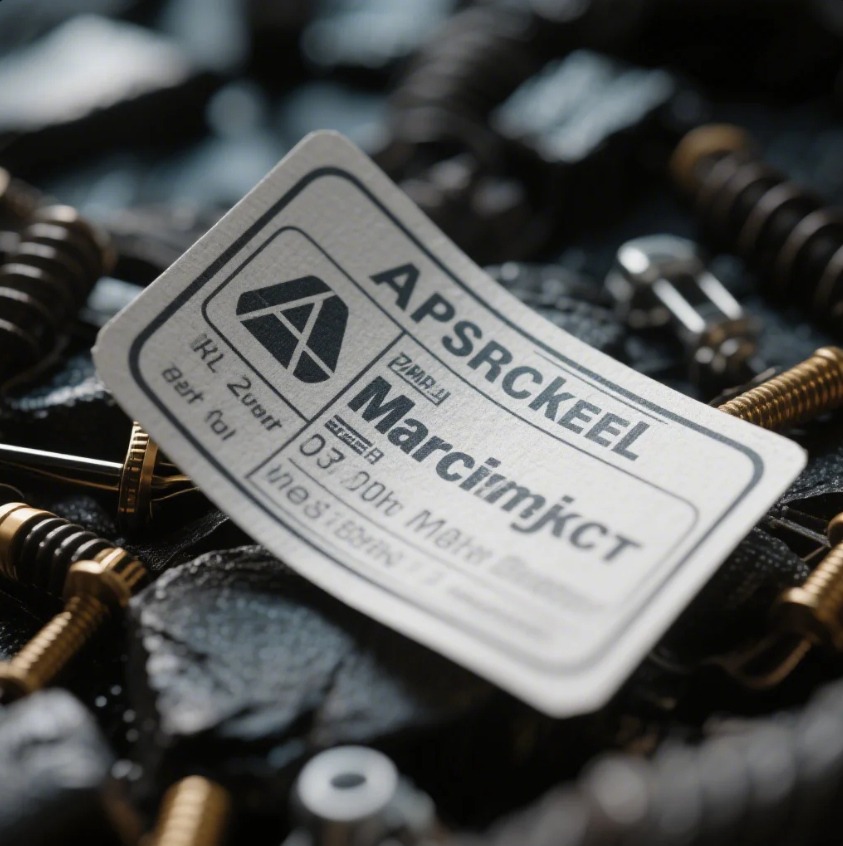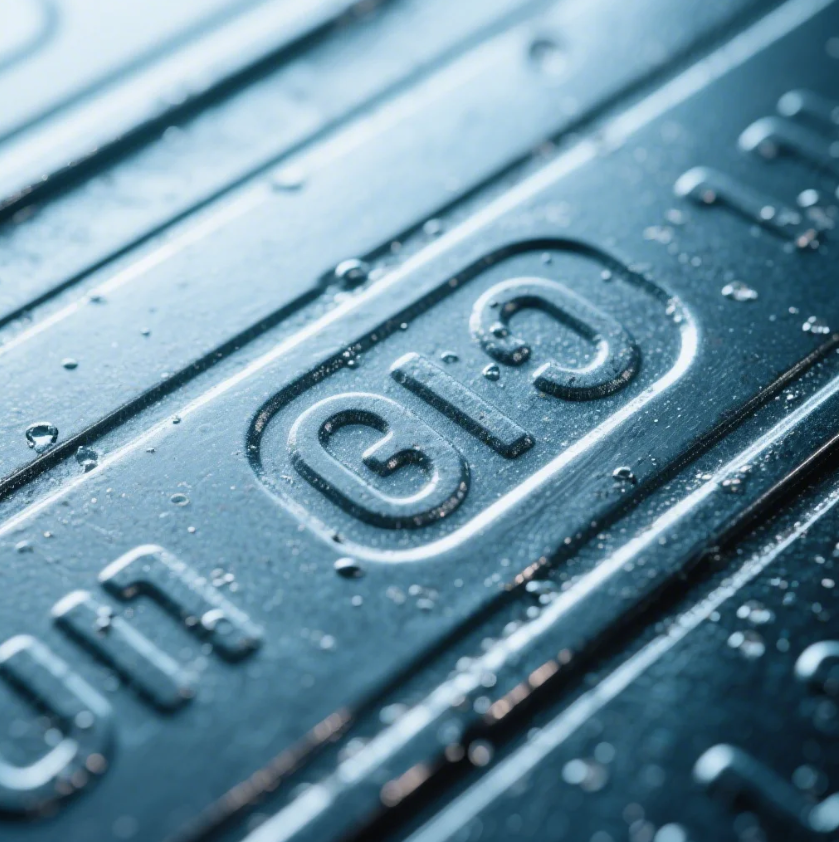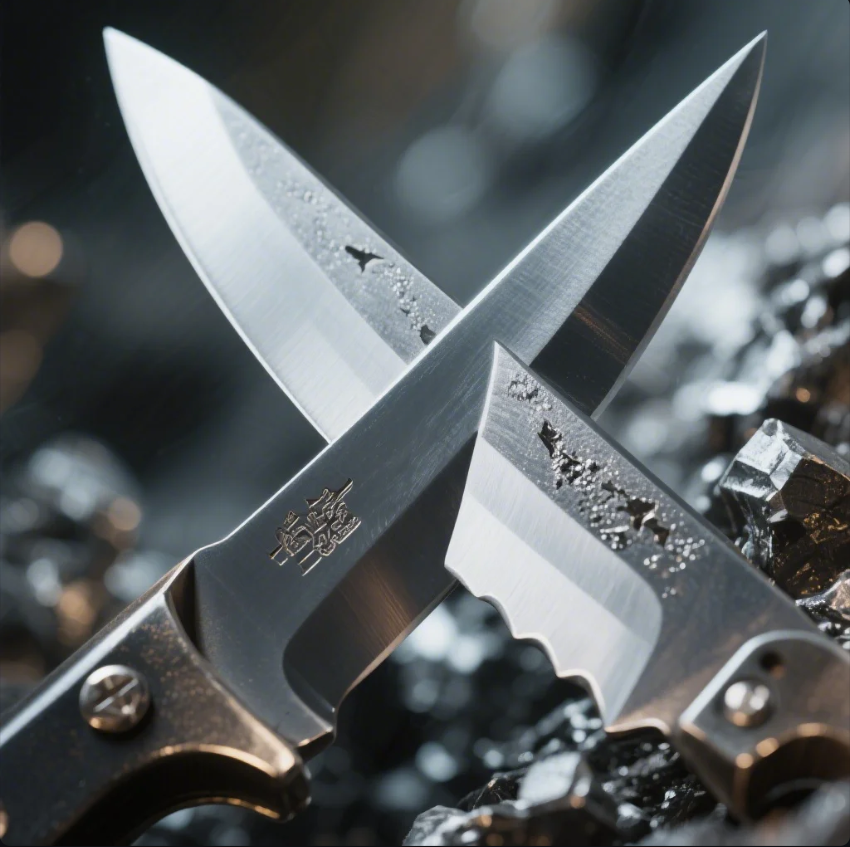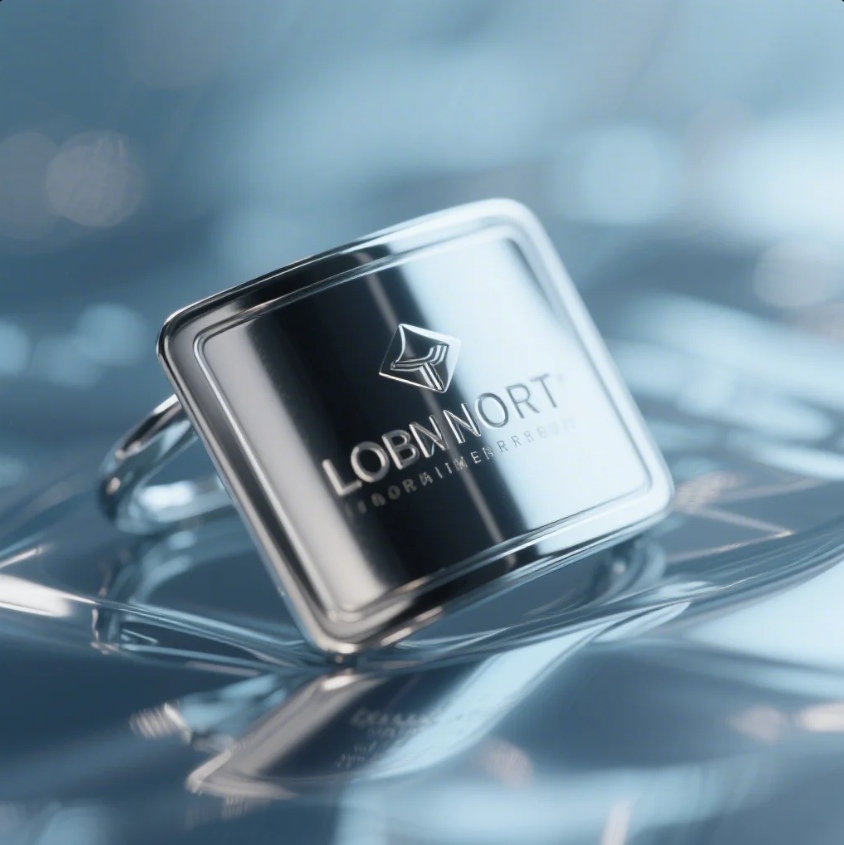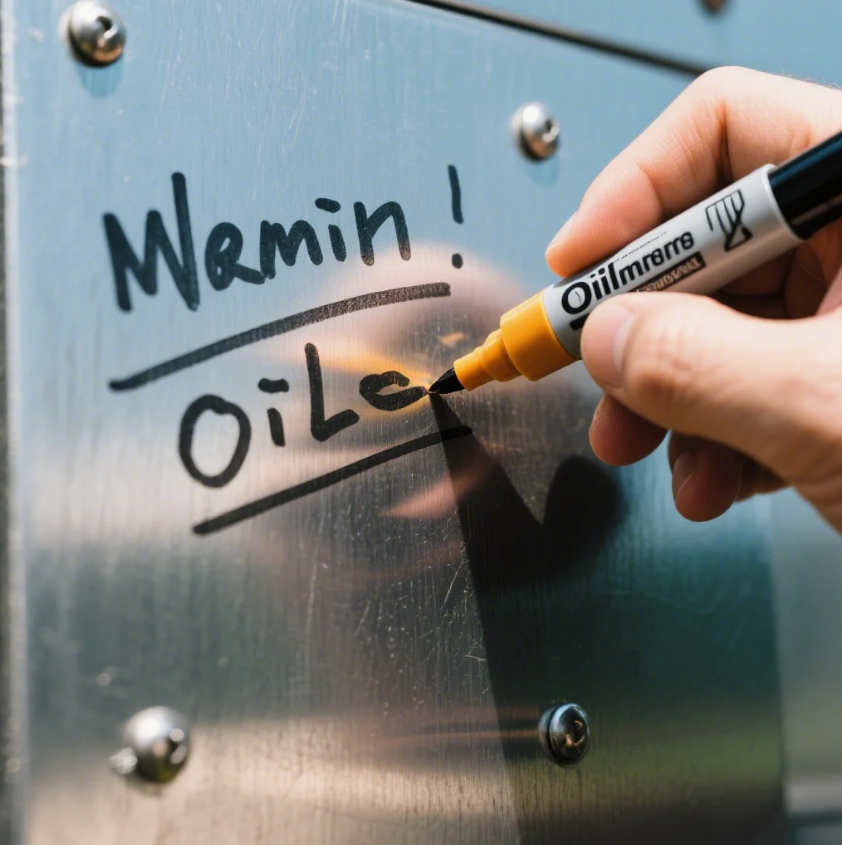TEMPLATE_START
What Are Examples of Mineral Components?
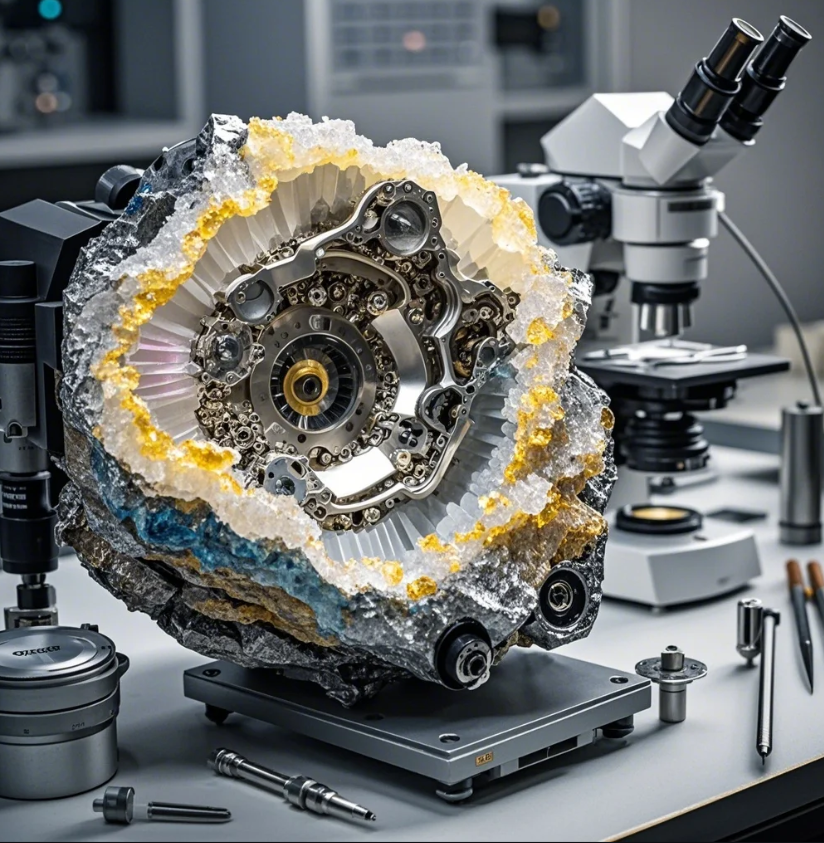
Minerals are made up of various components that define their properties and uses. Let’s explore these fundamental building blocks.
Snippet paragraph: Minerals consist of various components like elements and crystal structures. Understanding these components is crucial for identifying and utilizing minerals.
Transition paragraph: Let’s dive deeper into the components of minerals and what makes them so valuable in different industries.
What are the components of minerals?
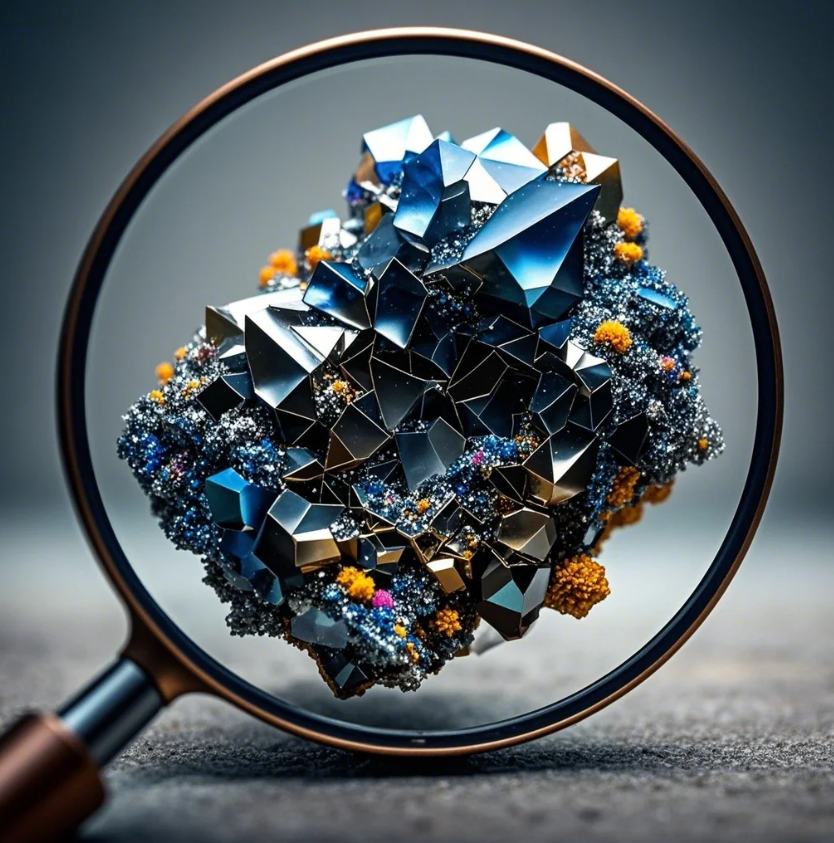
Minerals are composed of various components, the most important of which are their chemical elements, crystal structures, and physical properties. Each component plays a vital role in defining the mineral’s characteristics and functionality.
Chemical Elements
The chemical composition of a mineral consists of different elements. These elements form chemical bonds and contribute to the mineral’s overall structure. For example, quartz is made of silicon and oxygen, while feldspar includes silicon, oxygen, and aluminum.
Crystal Structure
The atoms within a mineral are arranged in a specific, repeating pattern that forms its crystal structure. This structure is responsible for the mineral's appearance and its physical properties, such as hardness and cleavage.
Physical Properties
Physical properties like color, luster, and hardness are critical components of a mineral. These properties help identify minerals and differentiate them from others. For instance, the color of a mineral might vary depending on impurities, while the luster refers to how the mineral reflects light.
What are the three most common elements in minerals?

When it comes to minerals, three elements dominate their composition:
- Oxygen: The most abundant element in the Earth's crust, oxygen is a key component in silicate minerals.
- Silicon: Silicon, often combined with oxygen, forms the backbone of silicate minerals like quartz and feldspar.
- Aluminum: Aluminum is a significant part of minerals like feldspar and mica, contributing to their strength and stability.
These elements combine in various ways to form a wide range of minerals, each with unique properties.
What are the components of mineral resources?
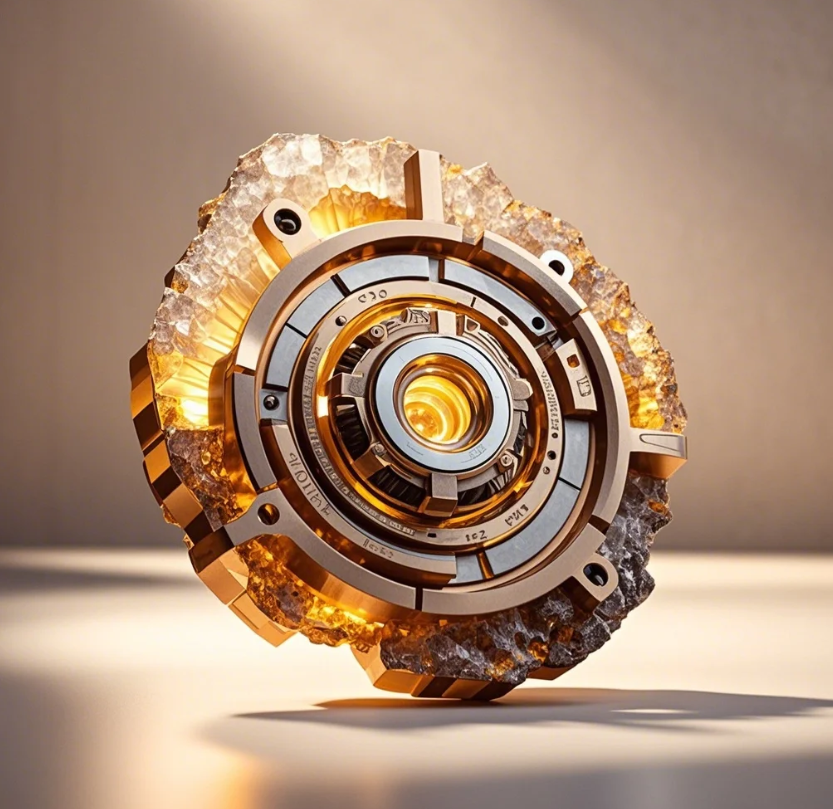
Mineral resources include not just the minerals themselves, but also the materials that surround and interact with them. These resources consist of:
- Ore Minerals: These are minerals from which valuable metals and elements can be extracted, such as iron ore or copper ore.
- Gangue Minerals: These are the unwanted minerals found in ore, which need to be separated during processing.
- Trace Elements: These are small quantities of elements that may be valuable in certain applications, such as gold or platinum.
Understanding the components of mineral resources is essential for industries like mining and metallurgy, which rely on extracting and refining minerals for use in various products.
What is composed of minerals?

Many everyday objects and natural formations are composed of minerals. For example:
- Rocks: Rocks are made up of various minerals like quartz, feldspar, and mica. These minerals combine to form rocks such as granite and sandstone.
- Soil: Soil contains a mix of minerals like clay, sand, and silt, which help determine its fertility and suitability for agriculture.
- Industrial Products: Many industrial products, from electronics to construction materials, rely on minerals. For instance, electronics use minerals like copper, tin, and rare earth elements for their components.
Minerals play a crucial role in the creation and functionality of a wide range of materials used in daily life and industry.
Conclusion
Minerals are made up of various components, including elements, crystal structures, and physical properties. These components determine the mineral's characteristics and value across many industries.
TEMPLATE_END

